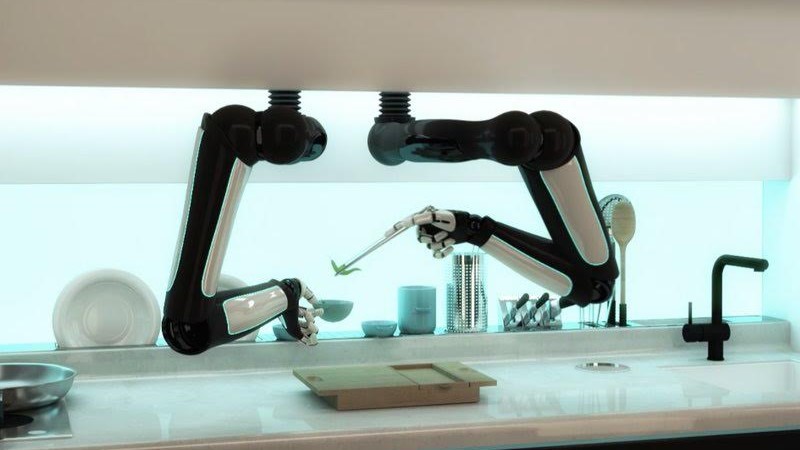SHARE
3 In-Home Robots You Won't Be Able to Live Without
For the past few years, we have witnessed how automation is a reality an how it has affected our life. Many industrial processes have been automated in order to reduce costs and maximize benefits. However, this important trend is becoming more affordable and is entering new sectors. Together with the help of digital development, we are starting to see how automation and in-home robots are penetrating activities of our daily life. Here we can see some good examples:  This last technology is similar to the one we are looking for in our latest challenge, in which we look for applying Arduino or a similar technology into an autonomous robot. As we have seen, new robot applications are continuously arising to make our life better and easier. Where else would you apply robotics? Come on and show us everything you know about this topic in our challenges! Join us to help leading companies go to the next level
This last technology is similar to the one we are looking for in our latest challenge, in which we look for applying Arduino or a similar technology into an autonomous robot. As we have seen, new robot applications are continuously arising to make our life better and easier. Where else would you apply robotics? Come on and show us everything you know about this topic in our challenges! Join us to help leading companies go to the next level
- Moley: We all enjoy eating, but many times we do not have time to cook properly. To solve that problem, Moley has created the first robotic kitchen. It is a kitchen with two robotic arms that learns how to cook complex recipes from top chefs by basically learning and repeating every movement they make. This product, which will be launched in 2017, has hands with multiple joints, numerous degrees of freedom, tactile sensors and sophisticated control systems that can reproduce any movement a person makes with his arms. With this we will be able to have a healthy diet without any effort.
- Surgery robots: With similar technology, we will have in a near future robot taking control of surgeries. Although nowadays this technology is not affordable yet, in five years' time robots will perform one in three U.S. surgeries, according to different specialists. To reach that goal, robots are prepared to imitate human movements, but with the great advantage of being faster and more precise than us.
- Farmbot Genesis: Following one of the latest trends of DIY (Do It Yourself), this robot, which is able to move in the XYZ axis, has been launched to allow people grow their own plants with a minimum effort. It can plant seeds and water them efficiently depending on different factors such as the plant type or age, the soil and weather characteristics. The Farmbot, which is made up of corrosion resistant aluminium, stainless steel and 3D printed plastics, also has an onboard camera and a computer vision software to monitor the garden and detects bad weed, being able to remove it. It has a website to program the garden ,without using any code, being able to choose the layout and its timetable. Finally the Farmbot Genesis electronics includes a Raspberry Pi, an Arduino MEGA microcontroller and a RAMPS shield combined with 17 stepper motors.
